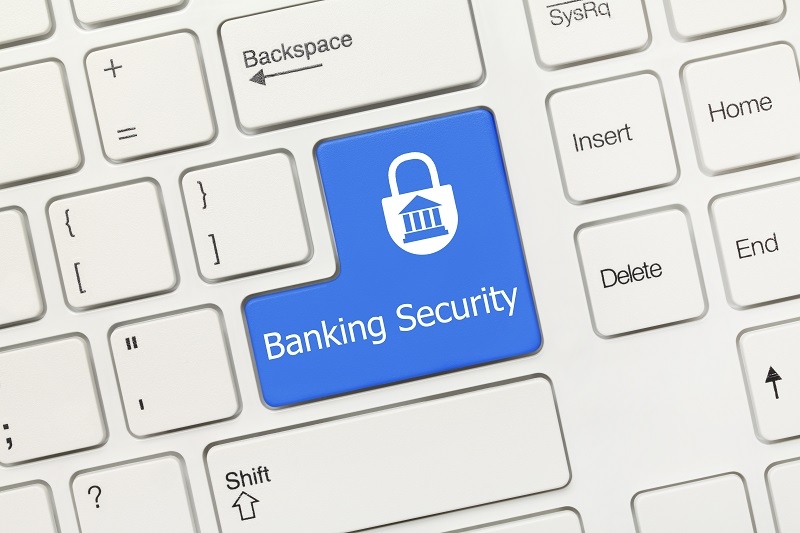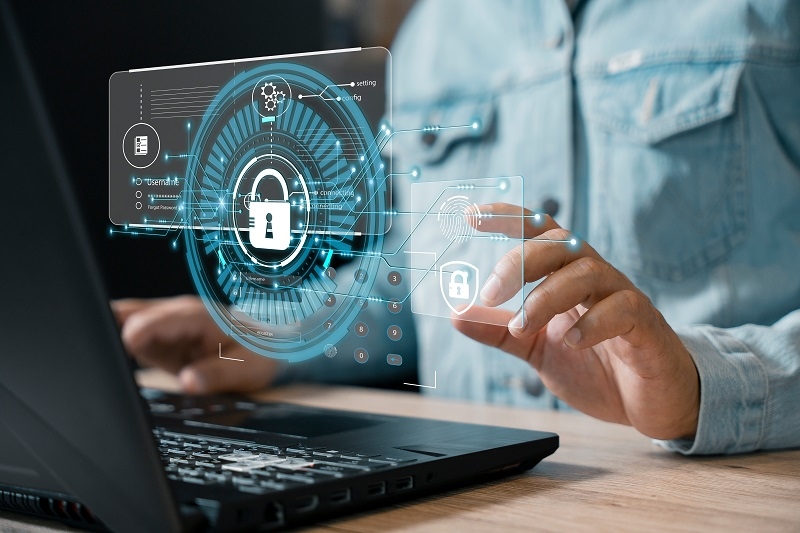
In a trendy virtual-first world, online banking security is now not non-obligatory—it's crucial. From paying bills to shifting price range and handling investments, more people are embracing the benefits of digital banking. But with that comfort comes expanded chance. Knowing the way to guard your financial institution account password, enabling issue authentication banking, and spotting fraud attempts are important steps for each banking patron in the U.S.
In this blog, you’ll research the whole thing from a way to avoid phishing in online banking to a way to use a secure mobile bank app effectively. We'll also discover actionable financial institution fraud prevention guidelines, which include insights from PS 2025 protocols, or even a way to spread investments across assets as a part of typical portfolio risk management US.
Let’s dive into the maximum essential strategies to maintain your bills and identity safe.
As digital banking turns into more state-of-the-art, so do cyber threats. Online banking security entails a mixture of era, personal behaviour, and bank-level safeguards that work together to shield your financial data.
According to the latest research, over 80% of Americans use online banking services, and more than 65% of all banking fraud originates from phishing, malware, or stolen credentials. This makes it critical to stay knowledgeable and proactive.
From placing strong passwords to enabling two-factor authentication in banking, the primary line of protection constantly starts with you.
Activating Two-Factor Authentication for banking (2FA) is a superb approach to enhance the safety of your online banking. In addition to your normal password, this provides a second layer of verification, typically a one-time code provided through electronic mail, text message, or an authentication app.
Even if a hacker steals your credentials, they still can’t get admission to your account without that 2nd authentication.
Repeat this technique for all your economic accounts—banking, investments, credit score, playing cards, and even virtual wallets.
Your password is your first protection. If you are the use of your puppy's name observed by way of “123,” you are making a hacker’s process way too smooth.
When it comes to defending your financial institution account password, in no way write it down, email it to yourself, or keep it in undeniable textual content on your tool.
Reset your password regularly—at least once every ninety days—to live ahead of capability breaches.
Phishing scams are one of the most risky threats to online banking security. These scams commonly arrive through email, SMS, or social media, pretending to be your bank, asking you to click on a link or proportion sensitive information.
Understanding a way to keep away from phishing in online banking can save you from significant economic losses and identity theft.
Mobile banking apps are exceedingly handy, but may be a vulnerability if you’re not cautious. Using a steady cell financial institution app method, no longer only downloading apps from authentic stores but also retaining strong device safety.
A stable mobile bank app combined with sturdy habits reduces your exposure to fraud and improves your monetary fitness.

Now let’s have a look at the best bank fraud prevention suggestions that go beyond simply tech. These practices can reduce hazards, recover faster from fraud, and prevent routine troubles.
Following these bank fraud prevention suggestions will make you a miles harder target for scammers.
PS 2025 refers to the Payment Security initiative through financial regulators aiming to reinforce online banking security by way of the 12 months 2025. Its goals are to lessen fraud, enhance user verification, and promote monetary data transparency.
As a part of PS 2025, banks are anticipated to undertake smarter structures, whilst consumers must decide to secure digital practices.
Make sure you’re banking with establishments that comply with PS 2025 and empower users via education and gear.
While now not without delay associated with digital banking, mastering to spread of investments throughout assets plays a big role in lowering the risk. This includes protecting yourself in case of a banking disruption, fraud event, or identity theft.
By spreading investments across property like real estate, mutual funds, bonds, crypto, and traditional financial savings, you’re no longer putting all your money at risk in one machine.
Pairing economic diversification with sturdy online banking security makes for a bulletproof wealth strategy.
Cybersecurity isn’t just logins and passwords—it’s approximately the health and shape of your entire financial plan. That’s where portfolio risk control US practices are available.
By reviewing and adjusting your portfolio’s publicity, asset elegance blend, and liquidity, you reduce the probability of a cyber event destroying your financial function.
Whether you are managing your retirement or financial savings, using portfolio threat management US strategies is an important part of present-day online banking security.
Even the most tech-savvy individuals fall into traps. Here are some of the most common mistakes humans make with their online banking safety:
Avoiding these mistakes can save you months—if no longer years—of frustration and economic harm
In 2025 and past, online banking protection is no longer only a tech problem—it’s a way of life. From putting in two-factor authentication for banking and protecting your bank account password, to learning a way to keep away from phishing in online banking and using a stable cellular financial institution app, every step you take matters.
Incorporating bank fraud prevention recommendations, staying aware of initiatives like PS 2025, and knowledge the way to spread investments across assets gives you a holistic method to portfolio risk management US. Don’t await fraud to occur—get proactive. Secure your digital lifestyles the way you secure your bodily wallet. Your monetary future relies on it.
This content was created by AI